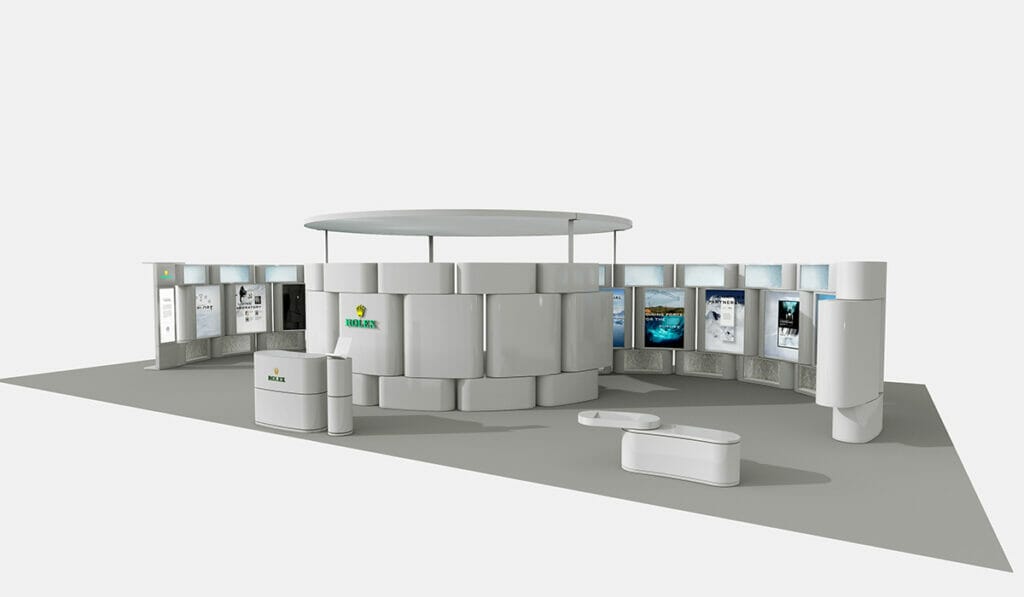Editor’s Note: Rolex and The Hour Glass have stated that A Watch Born to Explore exhibition, originally scheduled on 14 to 23 February 2020 at the Pavilion will be deferred to a later date. The decision was made, after careful consideration, as a preventive measure in response to the current outbreak of novel coronavirus (2019-nCoV) to prioritise public safety.
The situation will be monitored closely and we will be in touch with updates on the exhibition at a later date.
Rolex’s iconic Oyster Perpetual Explorer and Oyster Perpetual Explorer II both have a deep history with human exploration and both have built a reputation for being one of the toughest and most reliable watches for generations of explorers. In recognition of these remarkable watches, The Hour Glass and Rolex will be organising a unique exhibition, A Watch Born to Explore, which will be held for the first time in Malaysia exclusively at Pavilion Mall, Centre Court from 14 to 23 February 2020.
The journey of Rolex’s Explorer will be told through illustrated panels and films where visitors will be able to discover the extraordinary story behind the development of this extraordinary watch. This goes as far back as the 1930s when the Swiss luxury watchmaker began testing its watches in real-life conditions by putting it on the wrist of explorers as they traverse extreme conditions in high-altitude expeditions.
All this feedback and knowledge eventually led to the development of precise and reliable tool watches with the first Explorer launched in 1953 to honour the first successful ascent of Mount Everest by an expedition equipped with Rolex Oyster Perpetual watches.
Since 2010, the Rolex Explorer has been a bolder watch in a larger 39 mm case. It would set itself apart with a simple design and highly legible black dial with large hour markers and characteristic 3,6,9 numerals. Accurately able to tell the time no matter the circumstances, the Explorer’s Chromalight hour markers and hands contain luminescent material that emits a lasting blue glow that ensured legibility even in the dark.
Rolex would later introduce the Explorer II in 1971 that boasted a number of unique features including a date display, orange 24-hour hand and a fixed engraved bezel with 24-hour graduations, enabling users to distinguish day from night. The watch was restyled in 2011 with a case increased in size to 42 mm. It would go on to become the watch of choice for speleologists, volcanologists and explorers of every corner of the globe.
The Explorer is equipped with a calibre 3132 while the Explorer II is equipped with a calibre 3187, which can also be used to display the time in two time zones. Both of these are self-winding mechanical movements that are entirely developed and manufactured by Rolex.
The self-winding mechanical movement exemplifies the qualities inherent in all Rolex timepieces: robustness, reliability, precision and ease of use. This watch designed for extremes is heir to the privileged relationship that has always united Rolex and exploration.
In the 21st century, Rolex’s unique involvement with explorers has developed into a commitment to preserve the environment. Under the banner of Perpetual Planet, the brand is joining forces with key individuals and organizations who are working to promote exploration and the protection of our environment, in addition to encouraging future generations of explorers.



